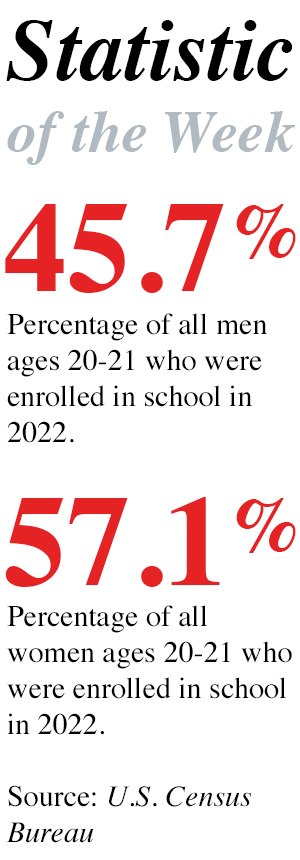Debunking the Claim That Menstruation Negatively Impacts Women’s Athletic Endurance and Performance
Posted on Feb 15, 2023 | Comments 0
 Thumb through many women’s magazines, and you’ll likely find advice on how to boost the effectiveness of physical workouts. But what many women don’t realize is that the research behind most exercise advice is based almost entirely on men. Female subjects are excluded from over 90 percent of studies on exercise performance and fatigability because hormonal changes during the menstrual cycle were thought to affect exercise capability.
Thumb through many women’s magazines, and you’ll likely find advice on how to boost the effectiveness of physical workouts. But what many women don’t realize is that the research behind most exercise advice is based almost entirely on men. Female subjects are excluded from over 90 percent of studies on exercise performance and fatigability because hormonal changes during the menstrual cycle were thought to affect exercise capability.
But a new study led by researchers in the department of exercise science at Brigham Young University in Provo, Utah, finds that when analyzing women’s exercise performance across their menstrual cycles, researchers found no variability in endurance thresholds or performance: from workout to workout, women’s performance was just as consistent as men’s.
“Females with regular cycles performed the same between the high-estrogen phase, the high-progesterone phase, and during menstruation when there are low concentrations of both,” said Jessica Linde, who led the study for her master’s thesis in exercise science. “That information lifts a big barrier. It shows we shouldn’t be excluding women from research based on the idea that their menstrual cycles are going to skew the results.”
The study demonstrated why it’s crucial to include women in exercise science research. While women’s menstrual cycles didn’t affect their exercise, there were key differences between how women’s and men’s endurance played out. For example, women reached exhaustion from muscle fatigue about 18 percent faster than men, even when adjusting for muscle mass.
“The assumption in exercise research has long been that women are like men, just smaller,” said co-author Jayson Gifford, a professor of exercise science at Brigham Young University. “Our study suggests that they’re not, that there are important differences between women’s and men’s exercise. Including more women in research will allow us to fine tune approaches to women’s physiology.”
The full study, “The Exercise Power-Duration Relationship Is Equally Reproducible in Eumenorrheic Female and Male Humans,” was published in the Journal of Applied Physiology. It may be accessed here.
Filed Under: Research/Study








